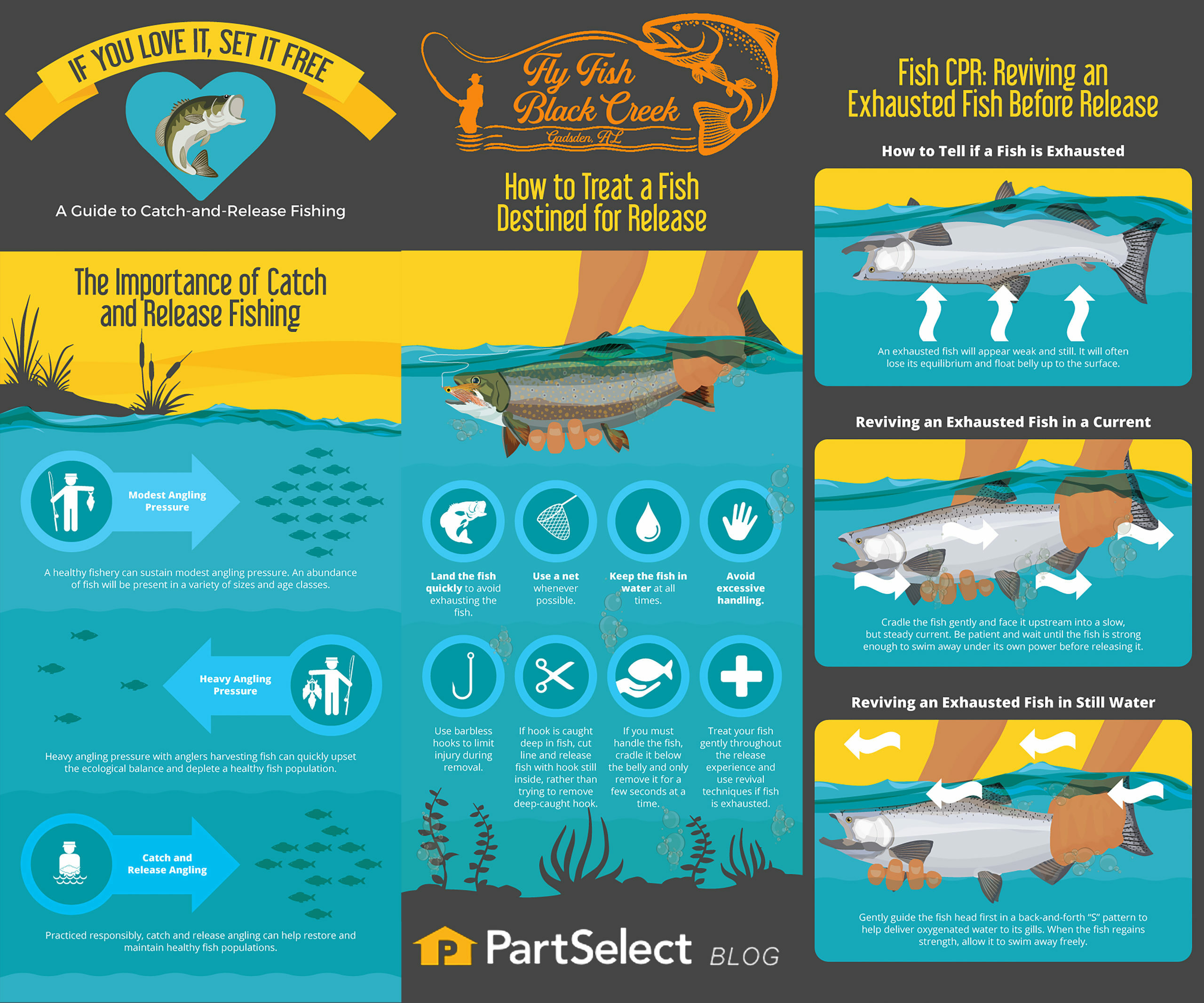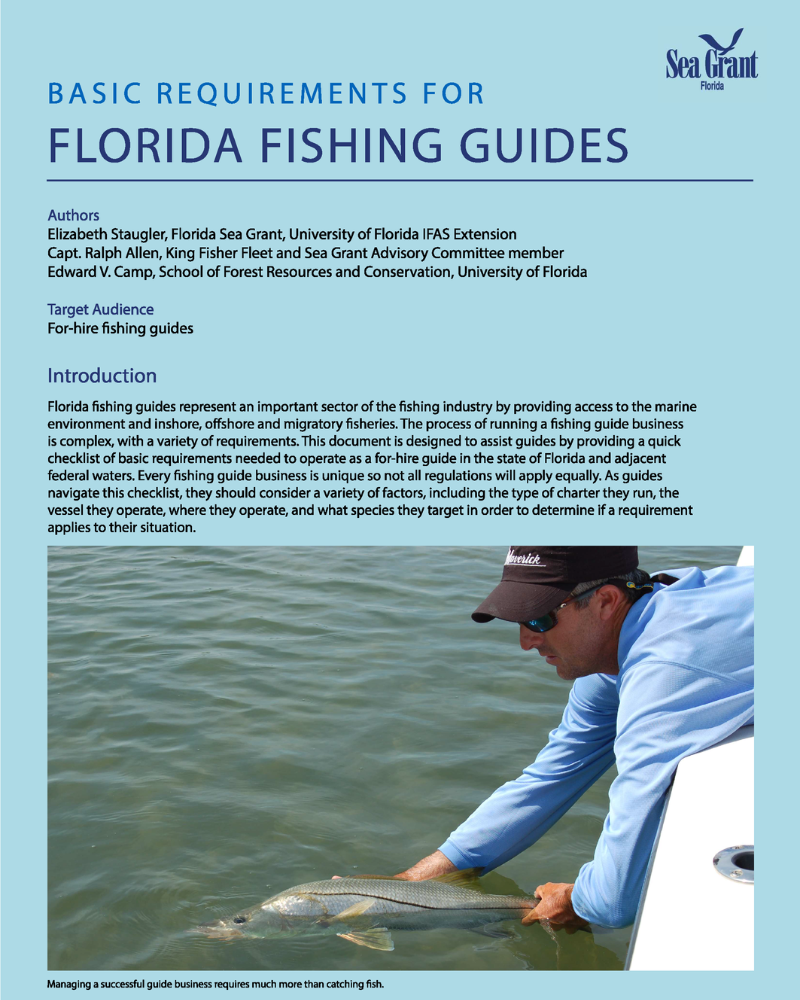Reference




Moonshot's Answer
Catch and release fly-fishing regulations serve several important purposes:
-
Conservation: These regulations help to conserve fish populations by minimizing the impact of fishing on them. By releasing fish back into the water, more fish remain to reproduce and maintain the population, ensuring a sustainable fishery for future generations. As stated by NOAA Fisheries, "Using catch and release fishing methods helps ensure high-quality angling opportunities today, tomorrow, and in the years to come." (NOAA Fisheries)
-
Survival of Fish: The objective is to handle the fish as quickly and carefully as possible to maximize its chances of survival after release. Evidence shows that a prolonged fight or不当 handling can significantly reduce a fish's chances of survival. The Wild Trout Trust emphasizes the need to get the fish back into the water as quickly as possible to maximize its chances of survival. (Wild Trout Trust)
-
Ethical Fishing: Catch and release is also an ethical practice that allows anglers to enjoy the sport of fishing without causing permanent harm to the fish or the ecosystem. It's about improving fish mortality rates and leaving fisheries better than we found them, as mentioned by Spencer Durrant. (Spencer Durrant)
-
Regulation of Fishing Pressure: By implementing catch and release regulations, fishing pressure on certain fish populations can be managed, especially during sensitive periods such as spawning seasons. This helps to maintain the balance of ecosystems and prevents overfishing, as highlighted by the National Park Service. (National Park Service)
In summary, catch and release fly-fishing regulations are designed to protect and conserve fish populations, ensure the survival of caught fish, promote ethical fishing practices, and regulate fishing pressure on ecosystems. These practices are crucial for the long-term health and sustainability of fish populations and the fishing sport itself.